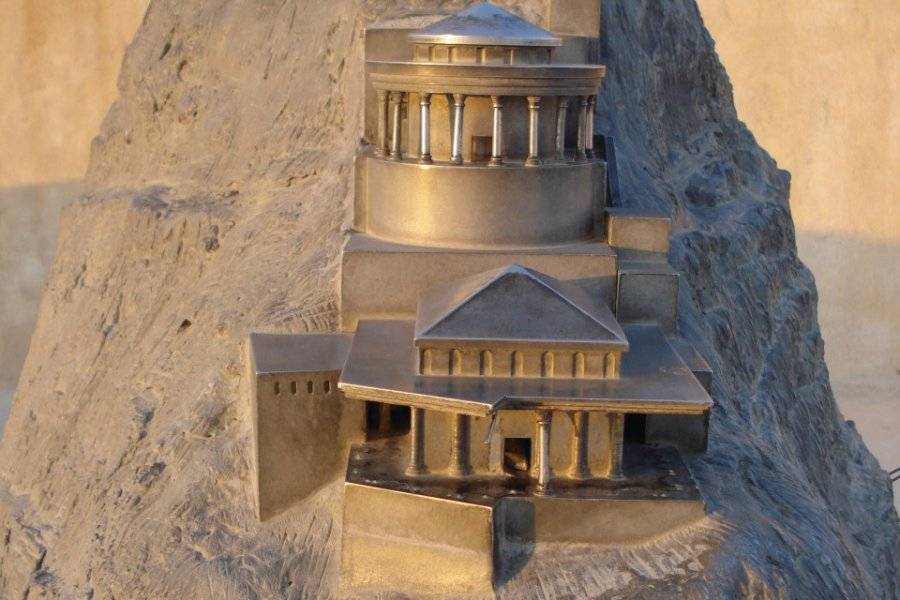The ruins of the fortress of Masada were declared a World Heritage Site by UNESCO in 2001. According to the historian Flavius Josephus, Herod, King of Judea, built the fortress between 37 and 31 B.C. It later housed Jewish rebels who were besieged by the Romans. Although identified as early as 1842, excavations of the site did not begin until the 1960s. One comes here to rediscover history and admire the sunrise. The ascent can be done on foot by the "snake path" which, as its name suggests, winds up the side of the cliff. The climb takes about 1 hour. It is best to avoid the hottest hours of the day, especially in summer, the best being to arrive at the top to watch the sunrise. All these efforts are worth it, because, once at the top, you will have a sumptuous view. The less courageous can take a cable car. There is also another, shorter trail (only 15 minutes) on the western side. Once at the top, you can wander around the ruins at your leisure. The ruins have detailed explanations in English, and you will see, among other things, the remains of Herod's palace, ancient baths, as well as cisterns used to supply the inhabitants with water in case of siege. There is also a sound and light show in an open-air theatre on certain evenings. The museum will take you through the history of the fortress, from its beginnings to its dramatic fall. Audioguides are available in French.
Did you know? This review was written by our professional authors.
Members' reviews on FORTRESS OF MASSADA
The ratings and reviews below reflect the subjective opinions of members and not the opinion of The Little Witty.






We got the cable car up to site and then walked round some of the ruins and rebuilds. The tour guide was good and snappy through the relevant bits. It was fascinating learning the significance of this place to King Herod.
However, it is mainly ruins and was a good way to fill out the day to the dead sea, hut maybe not a necessity
יש גם מתחם קייפינג בתוספת תשלום עם מקלחות שירותים וכו'..